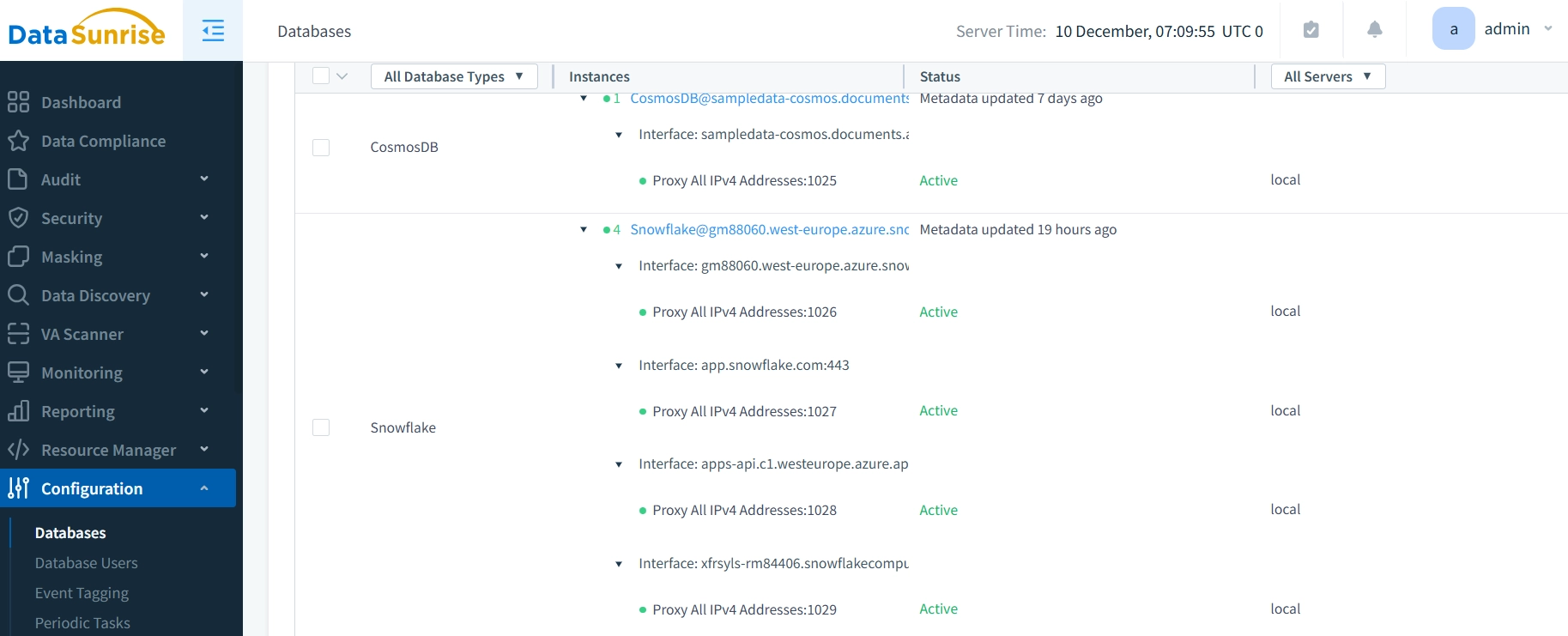
Snowflake Data Audit Trail

Modern data platforms require sophisticated monitoring systems. The Snowflake data audit trail provides insights into data access patterns and modifications. Recent findings from ENISA’s Threat Landscape report revealed crucial statistics. Approximately 95% of cybersecurity incidents in 2023 were traced to unauthorized access. These breaches typically went undetected for weeks or months. Organizations without proper audit trails faced longer detection times. On average, they took 277 days to identify and contain data breaches. Snowflake‘s native audit trail features enable real-time activity tracking. This capability significantly reduces detection time for potential security incidents.
Native Data Audit Trail Features in Snowflake
Snowflake provides built-in auditing capabilities through its SQL interface. These features help maintain data integrity. They also ensure compliance with regulatory requirements. The native audit trail captures detailed information about queries and data modifications.
Setting Up Basic Audit Logging
To begin tracking data changes in Snowflake, enable audit logging for your database. Here’s how to get started:
USE ROLE ACCOUNTADMIN;
ALTER ACCOUNT SET ENABLE_AUDIT_LOGGING = TRUE;
-- Create an audit table to store tracking information
CREATE TABLE audit_log (
audit_timestamp TIMESTAMP_LTZ,
user_name STRING,
query_text STRING,
affected_rows NUMBER,
table_name STRING);Creating Audit Views and Triggers
Create views to track changes effectively:
CREATE OR REPLACE VIEW v_audit_trail AS
SELECT
query_start_time,
user_name,
query_text,
database_name,
schema_name,
table_name
FROM table(information_schema.query_history())
WHERE query_type = 'INSERT'
OR query_type = 'UPDATE'
OR query_type = 'DELETE';Practical Implementation of Data Audit Trail
Let’s explore a practical example with test data:
-- Create a table for our example
CREATE TABLE employees (
id INTEGER,
first_name STRING,
last_name STRING,
email STRING,
ip_address STRING);
-- Create an audit trigger
CREATE OR REPLACE PROCEDURE audit_changes()
RETURNS STRING
LANGUAGE JAVASCRIPT
AS
$$
var sql_command = `
INSERT INTO audit_log
SELECT CURRENT_TIMESTAMP(),
CURRENT_USER(),
LAST_QUERY_ID(),
ROW_COUNT(),
'employees'
`;
snowflake.execute({sqlText: sql_command});
return 'SUCCESS';
$$;Using the Snowflake Web-based UI for Data Audit Trails
Snowflake offers a user-friendly web interface for auditing. Administrators can easily access query histories through this interface. They can monitor data usage and track user activities. The web interface provides visual and interactive ways to review audit logs. This approach offers more convenience than using SQL or the CLI.
- Login to Snowflake: Log in to your Snowflake account via the web interface.
- Navigate to the Monitoring Tab: Click on the “Monitoring” tab in the left menu bar. Find “Query History” to view executed queries.
- Filter the Audit Data: Filter the history by user, query type, or date. This helps track specific activities efficiently.
- Access Detailed Information: Click any query to view its full details. You can see execution time and affected rows.
- Exporting Logs: Download query logs as CSV files. Use these exports for analysis or compliance reporting.

The Snowflake web interface makes audit log access intuitive. It suits users who prefer GUI over command-line tools. You can monitor data access and schema changes comprehensively.
Enhanced Auditing with DataSunrise
DataSunrise: Enhancing Snowflake’s Native Audit Trail
Snowflake offers robust native audit capabilities. DataSunrise enhances these features further. It provides a centralized platform for security and compliance. Users can monitor activities and apply real-time data masking.
Benefits of DataSunrise for Snowflake Audit Trails
- Centralized Management: DataSunrise unifies Snowflake’s audit trail management. This makes tracking changes across your infrastructure easier.
- Real-Time Masking: Apply dynamic masking to sensitive data instantly. This ensures compliance while maintaining data usability.
- Compliance Reporting: Generate detailed reports for various standards. These include GDPR, HIPAA, and CCPA.
- Enhanced Security: Use advanced security features. These include data masking, encryption, and access control.
Setting Up DataSunrise for Snowflake
Follow these steps to implement DataSunrise’s auditing features:
- Connect DataSunrise to your Snowflake environment
- Define your audit rules for monitoring
- Check “Transaction Trails” to review tracked activities. View detailed information about each user action.



Best Practices for Data Audit Trail Management
Regular Monitoring and Review
Set up regular oversight processes for audit trails. Create a schedule for examining audit logs. Pay attention to unusual patterns. Look for potential security concerns. This proactive approach helps identify issues early.
Data Retention Policies
Create clear policies for audit data storage. Consider both compliance needs and storage limits. Find the right balance between record-keeping and system performance.
Alert System Configuration
Set up automated notifications for specific events. Configure alerts for threshold breaches. Avoid alert fatigue through careful calibration. Ensure critical events get noticed. Find the balance between monitoring and alert volume.
Documentation and Training Programs
Create detailed documentation for audit procedures. Make protocols easy to understand. Conduct regular training sessions. Help staff interpret audit data effectively. Prepare teams to respond to various scenarios.
Third-Party Solution Integration
Consider tools like DataSunrise to enhance audit capabilities. Our platform adds security layers and automated reporting. These features complement Snowflake’s native functions. Organizations gain comprehensive audit coverage. They can streamline compliance while maintaining central control.
Conclusion
Snowflake provides robust native data audit capabilities. These features help businesses ensure compliance and security. Administrators can easily track data access using SQL features and views. The Snowflake website offers an intuitive interface for monitoring. Users can access audit logs and track activities in real-time.
DataSunrise enhances these capabilities with advanced features. It offers real-time dynamic data masking and centralized control. These tools ensure comprehensive protection of sensitive data.
Visit the DataSunrise website to explore our security tools for Snowflake. Schedule an online demo to see how we streamline audit processes.
